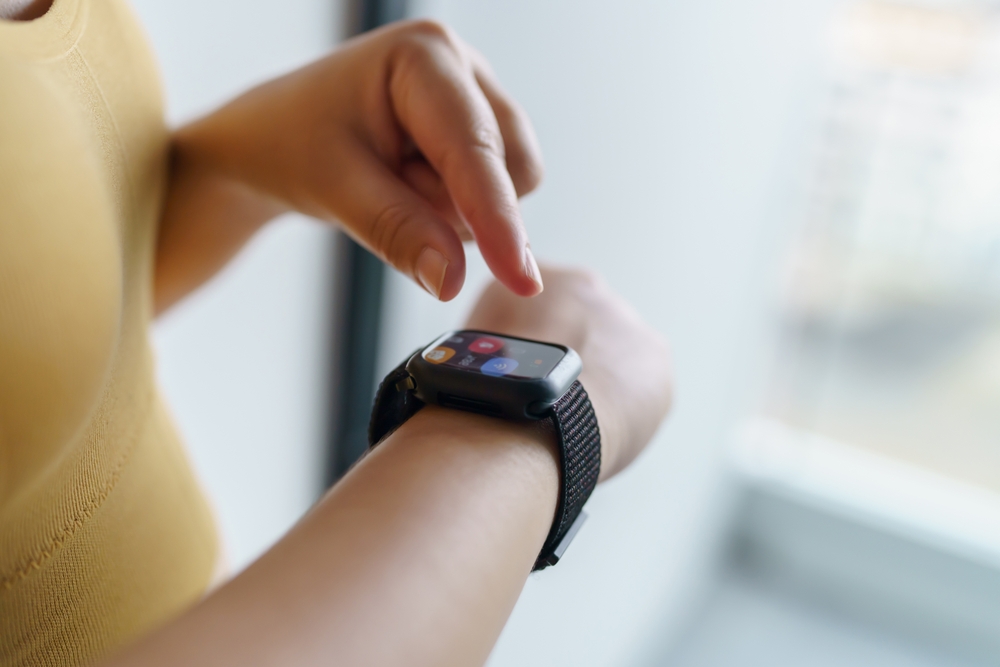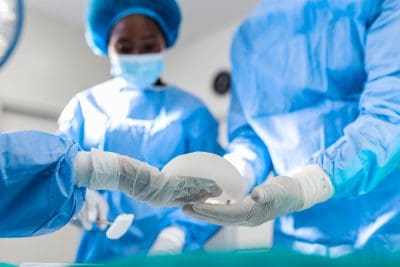Wearable technology has transformed personal health tracking, offering real-time insights into vital signs and overall wellness. Among these devices, the smartwatch has emerged as a powerful tool that not only tracks steps and heart rate but may also predict illness before symptoms become apparent. As research advances, the potential for wearable technology to revolutionize preventive healthcare is becoming increasingly evident.
How smartwatches detect early signs of illness
Modern wearables go beyond step counting
Early versions of fitness trackers focused on basic metrics such as step count and calories burned. Today’s smartwatches, however, integrate advanced sensors that measure heart rate variability, blood oxygen levels, skin temperature, and even stress levels. These sophisticated systems continuously analyze health patterns, making it possible to detect subtle physiological changes that might indicate the onset of illness.
The role of photoplethysmography in health tracking
One of the key technologies behind smartwatch health monitoring is photoplethysmography (PPG). This technique uses light sensors to measure blood volume changes beneath the skin, allowing for continuous heart rate tracking. When combined with artificial intelligence and machine learning algorithms, this data can help detect irregularities that may suggest infection, inflammation, or other underlying health concerns.
What your smartwatch might reveal before you feel sick
Changes in resting heart rate
A consistently elevated resting heart rate can be an early indicator of infection or stress on the body. Studies suggest that an increase in heart rate over several days may correspond with an immune response, signaling the presence of a viral or bacterial infection before symptoms fully develop.
Fluctuations in heart rate variability (HRV)
HRV measures the variation in time between heartbeats, which can indicate how well the body adapts to stress. A sudden drop in HRV may suggest the early stages of illness, as the body shifts resources toward fighting infection.
Disruptions in sleep patterns
Smartwatches equipped with sleep-tracking technology can detect disturbances in sleep quality. Unexplained changes, such as frequent nighttime awakenings or decreased deep sleep, might indicate an underlying health issue.
Skin temperature variations
Some advanced wearables include sensors that track skin temperature trends over time. A gradual rise in temperature without an obvious cause, such as exercise or environmental changes, could be an early sign of an infection.
The science behind early detection through wearables
Clinical studies validate wearable technology
Recent studies suggest that wearable devices may play a crucial role in predicting illness. Research has shown that deviations in heart rate and activity levels can indicate infections, including influenza and COVID-19, before individuals report feeling unwell. By identifying subtle physiological changes, smartwatches could serve as early warning systems, helping users take precautions and seek medical advice before symptoms worsen.
Potential impact on public health
The ability to detect illness early could have significant implications for public health. In workplaces, schools, and other shared spaces, early detection could help reduce the spread of contagious diseases by encouraging individuals to monitor their health and take appropriate measures before symptoms appear.
The limits and challenges of smartwatch health tracking
Accuracy depends on multiple factors
While smartwatches provide valuable health insights, their accuracy can vary based on factors such as skin tone, tattoo presence, device placement, and movement during readings. Users should interpret smartwatch data with caution and not rely solely on these devices for medical decisions.
Data privacy and security concerns
As wearable technology becomes more advanced, concerns about data security and privacy continue to grow. Health data collected by smartwatches can be sensitive, raising questions about how companies store, use, and protect this information. Users should review privacy settings and be mindful of data-sharing policies.
Not a substitute for medical diagnosis
Although smartwatches can provide early indicators of health changes, they do not replace medical professionals. Wearable technology should be seen as a complementary tool rather than a definitive diagnostic device. Any concerning readings should be discussed with a healthcare provider.
The future of health monitoring with wearable technology
Advancing artificial intelligence in health tracking
The integration of artificial intelligence with wearable technology is expected to enhance accuracy and predictive capabilities. Future smartwatches may incorporate more sophisticated algorithms that provide personalized health insights and detect even more subtle physiological changes.
Expanding applications beyond fitness tracking
Beyond illness detection, wearable technology is expanding into broader medical applications. Some smartwatches now offer features such as atrial fibrillation detection, blood glucose monitoring, and even blood pressure tracking. As research progresses, wearables may become essential tools for managing chronic conditions and improving preventive healthcare.
Conclusion
Smartwatches have evolved into powerful health monitoring devices capable of detecting early signs of illness before traditional symptoms appear. By tracking changes in heart rate, sleep patterns, and other vital signs, these devices offer a new level of awareness that could revolutionize personal healthcare. While wearable technology is not a replacement for professional medical care, it represents a promising step toward a more proactive approach to health management. As advancements continue, the potential for smartwatches to improve early detection and preventive healthcare will only grow.
















